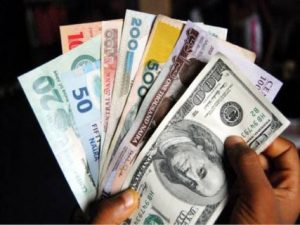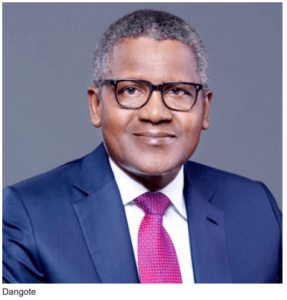External reserves decline by 1.16% to $39.2bn

By Afusat Adeoluwa
There is no doubt about the fact that the Central Bank of Nigeria (CBN) is doing everything possible to stabilise the nation’s currency, Naira, but with the gross external reserves declined further by 1.16 per cent to $39.24billion from $39.7 billion at the beginning of the month has become a big concern.
This is even as the sustained decline in external reserves led to a reduction in Nigeria’s import cover from 9.88 months.
The naira depreciated at the Investors’ & Exporters’ (I&E) windows by 0.49 per cent to close at N363.49/$ from N361.7/$ but the local currency has stayed around N306.95/$ at the official market.
A member of the Central Bank of Nigeria (CBN)-led Monetary Policy Committee (MPC), Prof. Adeola Adenikinju, has warned that the naira faces a big challenge ahead unless certain conditions in the economy challenging the local currency’s stability are addressed.
In his personal statement to the CBN, the Research Professor at the Centre for Econometrics and Allied Research, University of Ibadan, Prof. Adenikinju, said the fall in foreign reserves and deterioration of current account balances are red signals pointing a difficult time ahead for the Naira.

Adenikinju explained that although the foreign exchange rate markets remain relatively stable at both the Bureau De Change and the Investors’ & Exporters’ (I&E) windows, the weak performance of the current account balances, fall in foreign reserves and the small margin between oil price and the benchmark price for oil implies that there could be increasing pressure on the naira in the medium-term if the existing conditions subsist.
The MPC also insisted that the on-going monetary accommodation in key advanced economies imply that further appreciation of the US dollar may have subsided.
However, this development may not translate into more capital flows for Nigeria because of the uptrend in the US yield curve, which signifies a return of attractiveness in dollar-denominated assets.
Thus, Nigeria might experience more portfolio outflows in the foreseeable future, which may impact negatively on external reserves and the stability of the naira.
Adenikinju said the current account balance also deteriorated between the second and third quarters of 2019 adding that the fiscal space also deteriorated due to rising fiscal deficit.
“Government revenue underperformed relative to budget, while expenditure rose above the budgeted sum in the first half of the year. The equity market also continues its downward trajectory in the third quarter of the year. All-Share Index (ASI) declined by 14.12 per cent to 16,991.42 index points on November 22, 2019, from 31,430.5 index points at end December 2018,” he said.
He, however, added that the financial system indicators (FSI) trend was generally positive. “The non-performing loans (NPLs) was particularly encouraging. NPLs ratio declined from 9.4 per cent in August 2019 to 6.6 per cent in October 2019. It is hoped that the trend will continue. Total operating cost to operating income of banks also declined from 67.4 per cent in August 2019 to 66.9 per cent in October 2019, suggesting more efficiency in their operations.,” he said.
According to him, loans and advances as a share of banks’ assets rose by two percentage points from 33 per cent to 35 per cent between May and October 2019. Gross credits rose by nearly a trillion naira between October 2018 and October 2019.

He added that the economic output growth retains its fragile, but positive the trajectory in the third quarter of 2019, with a 2.28 per cent growth compared to 1.81 per cent recorded in the comparative period in 2018.
This makes it the fourth consecutive quarter that real Gross Domestic Product (GDP) has posted growth above two per cent with the growth in GDP was driven mainly by the oil sector.
“The increase in electricity generation by 4.4 per cent in the third quarter also contributed to the improved performance recorded in the GDP. Headline inflation (year-on-year) rose to 11.61 per cent in October 2019, from 11.22 per cent in September 2019.
Continuing, he said that more sectors of the economy benefitted from the increase in lending, with the manufacturing sector, retail and consumer credits recording the highest increase.









